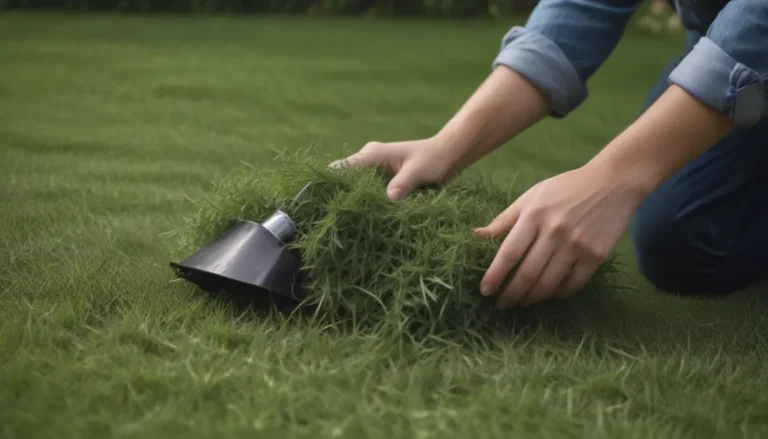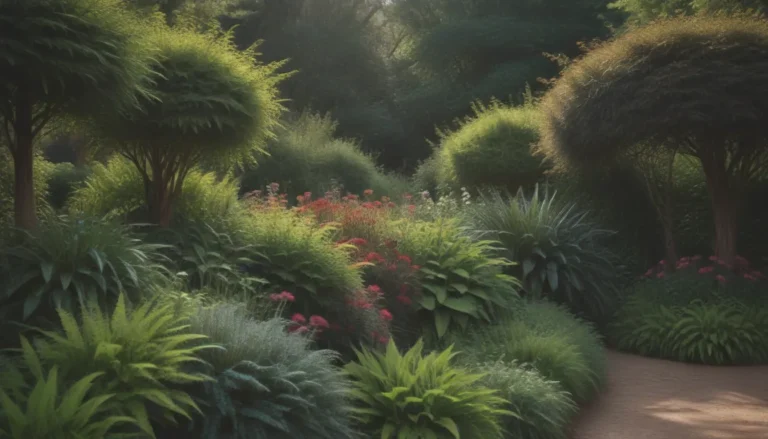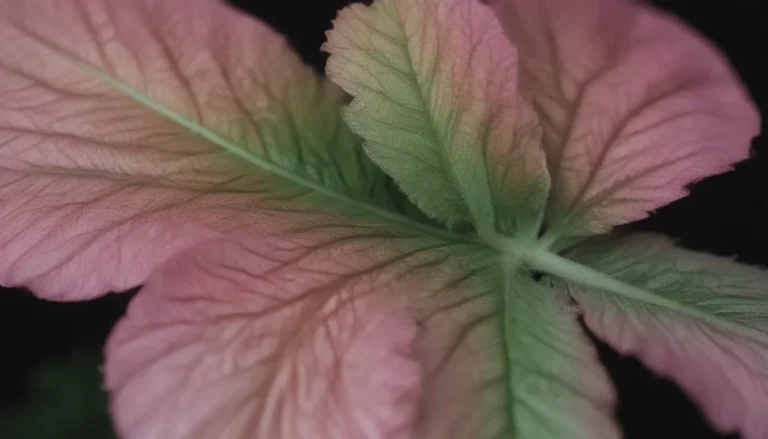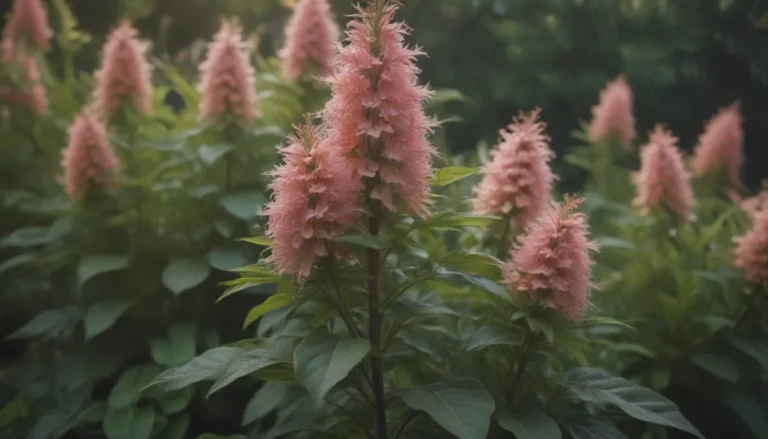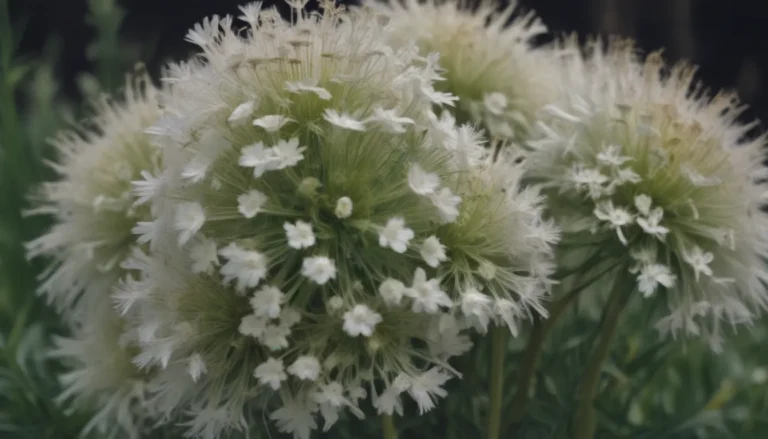Everything You Need to Know About Growing Arabian Jasmine
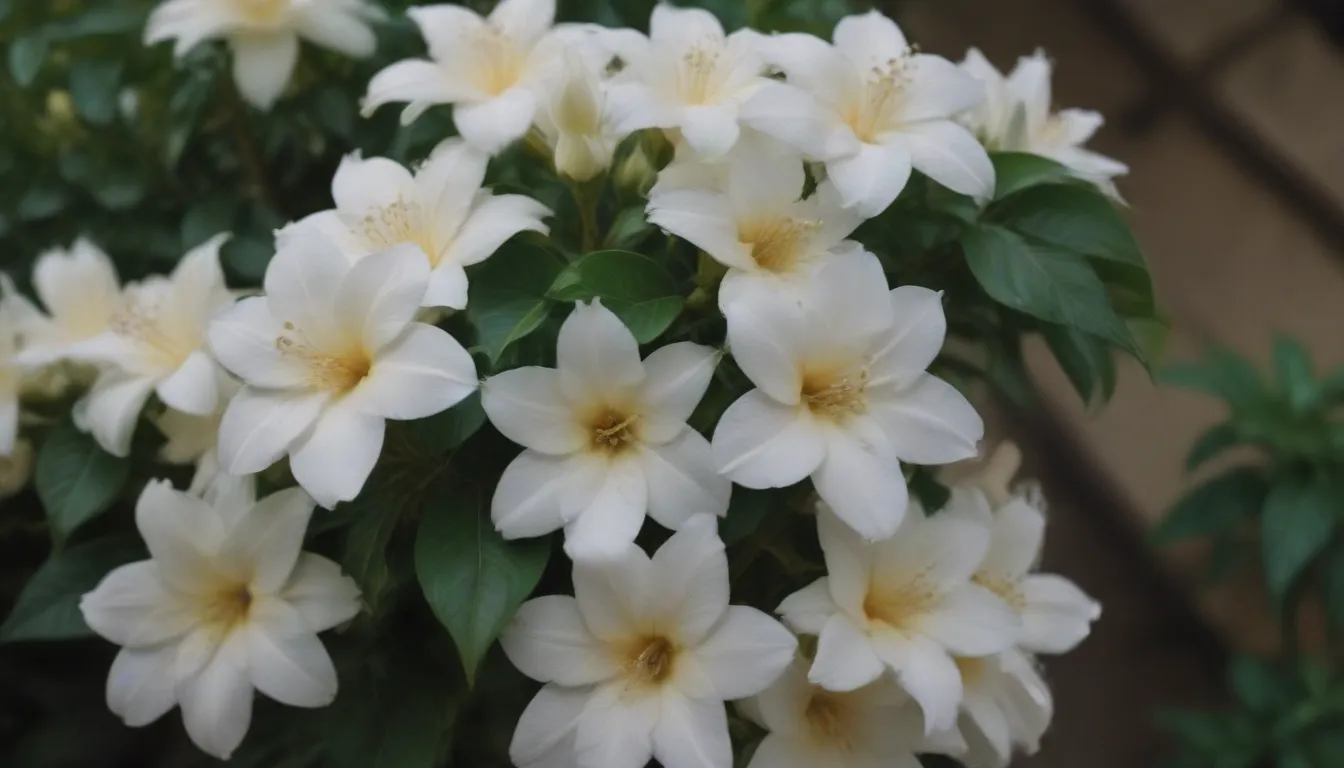
Arabian jasmine is a beloved plant known for its fragrant flowers and versatility in both indoor and outdoor settings. Whether you’re a seasoned gardener or just starting out, learning how to grow Arabian jasmine can add beauty and fragrance to your space. In this comprehensive guide, we will cover everything you need to know to successfully cultivate and care for Arabian jasmine plants.
Introduction to Arabian Jasmine
Arabian jasmine, also known as Jasminum sambac, is a fast-growing evergreen climbing shrub native to Asia. Its glossy, dark green leaves provide a striking backdrop to the highly fragrant white flowers that fade to pink as they age. These blooms can appear throughout the summer and even year-round in warm climates. Arabian jasmine can be trained to grow as a flowering vine or left to flourish as a sprawling shrub. Additionally, it thrives in containers, making it a perfect choice for patios and porches.
Arabian Jasmine Care Tips
Taking care of Arabian jasmine is relatively easy, as long as you provide it with the right growing conditions. Here are some essential care tips for growing healthy Arabian jasmine plants:
-
Light: Arabian jasmine thrives in full to partial sun, so make sure it receives at least 6 to 8 hours of sunlight daily. If you’re keeping it indoors during winter, place it in a sunny window.
-
Soil: This flowering shrub prefers loose, loamy, humusy soil that is evenly moist and well-draining. Adding compost to the soil can help improve its texture and moisture retention.
-
Water: Arabian jasmine requires ample watering, especially during the summer months. Keep the soil consistently moist but avoid over-watering to prevent root rot. Water thoroughly when the top few inches of soil feel dry to the touch.
-
Temperature and Humidity: Arabian jasmine thrives in warm, tropical climates (USDA hardiness zones 9 to 11) and requires moderate to high humidity levels. Protect it from frost and cold temperatures, as it is sensitive to extreme cold.
-
Fertilizer: Fertilize your Arabian jasmine plant throughout the growing season with a high-quality, balanced fertilizer. Start fertilizing in late winter or early spring after pruning.
Warning: Invasive Nature of Arabian Jasmine
While Arabian jasmine is a beautiful and fragrant plant, it can be invasive in tropical areas outside of its native regions in Asia. Before planting Arabian jasmine in your area, research whether it is considered invasive to prevent any ecological harm.
Arabian Jasmine Varieties
Arabian jasmine comes in several varieties, each with its unique characteristics and fragrance. Some popular varieties include:
- **Jasminum sambac ‘Grand Duke of Tuscany’
- **Jasminum sambac ‘Belle of India’
- **Jasminum sambac ‘Maid of Orleans’
Pruning Arabian Jasmine
Proper pruning is essential to maintain the health and beauty of Arabian jasmine plants. While Arabian jasmine does not require extensive pruning, regular trimming can help shape the plant and promote new growth. Here are some pruning tips:
- Regular Pruning: In regions where Arabian jasmine blooms year-round, prune as needed to maintain its desired shape.
- Winter Pruning: In colder climates where flowering stops in winter, trim away dead branches and blooms at the start of the season to encourage healthy new growth.
Propagating Arabian Jasmine
Propagating Arabian jasmine through cuttings is a simple and effective method to expand your plant collection. Here’s how you can propagate Arabian jasmine:
- Take a healthy cutting from a mature Arabian jasmine plant.
- Remove the lower leaves from the cutting and dip it in a rooting hormone.
- Plant the cutting in a well-draining growing medium and keep it moist until roots develop.
Growing Arabian Jasmine from Seed
Another option for starting Arabian jasmine plants is growing them from seeds. Here’s a step-by-step guide to growing Arabian jasmine from seed:
- Soak the seeds in warm water for 24 hours before planting.
- Plant the seeds in a well-draining soil mix and keep them consistently moist.
- Place the pot in a sunny location and wait for the seeds to germinate.
Potting and Repotting Arabian Jasmine
Arabian jasmine thrives in containers and adds a touch of elegance to any indoor or outdoor space. When potting or repotting your Arabian jasmine plant, keep these tips in mind:
- Choose a pot with drainage holes: Select a pot that allows excess water to drain out to prevent water-logging.
- Well-Draining Soil: Use a loose, well-draining soil mix when potting or repotting Arabian jasmine.
- Repot when needed: As the plant grows, transfer it to a slightly larger pot with fresh soil to provide more space for root growth.
Overwintering Arabian Jasmine
In regions where winter temperatures drop significantly, overwintering Arabian jasmine requires special care. Here’s how you can protect your plant during the colder months:
- Mulch: Add a layer of mulch or organic material around the base of the plant to insulate the roots from cold temperatures.
- Bring Indoors: If your Arabian jasmine is in a cold climate, bring it indoors during winter to protect it from frost.
By following these care tips and techniques, you can successfully grow and enjoy the beauty of Arabian jasmine plants in your home or garden. Whether you’re a beginner or experienced gardener, Arabian jasmine is a delightful addition to any plant collection. Happy gardening!
